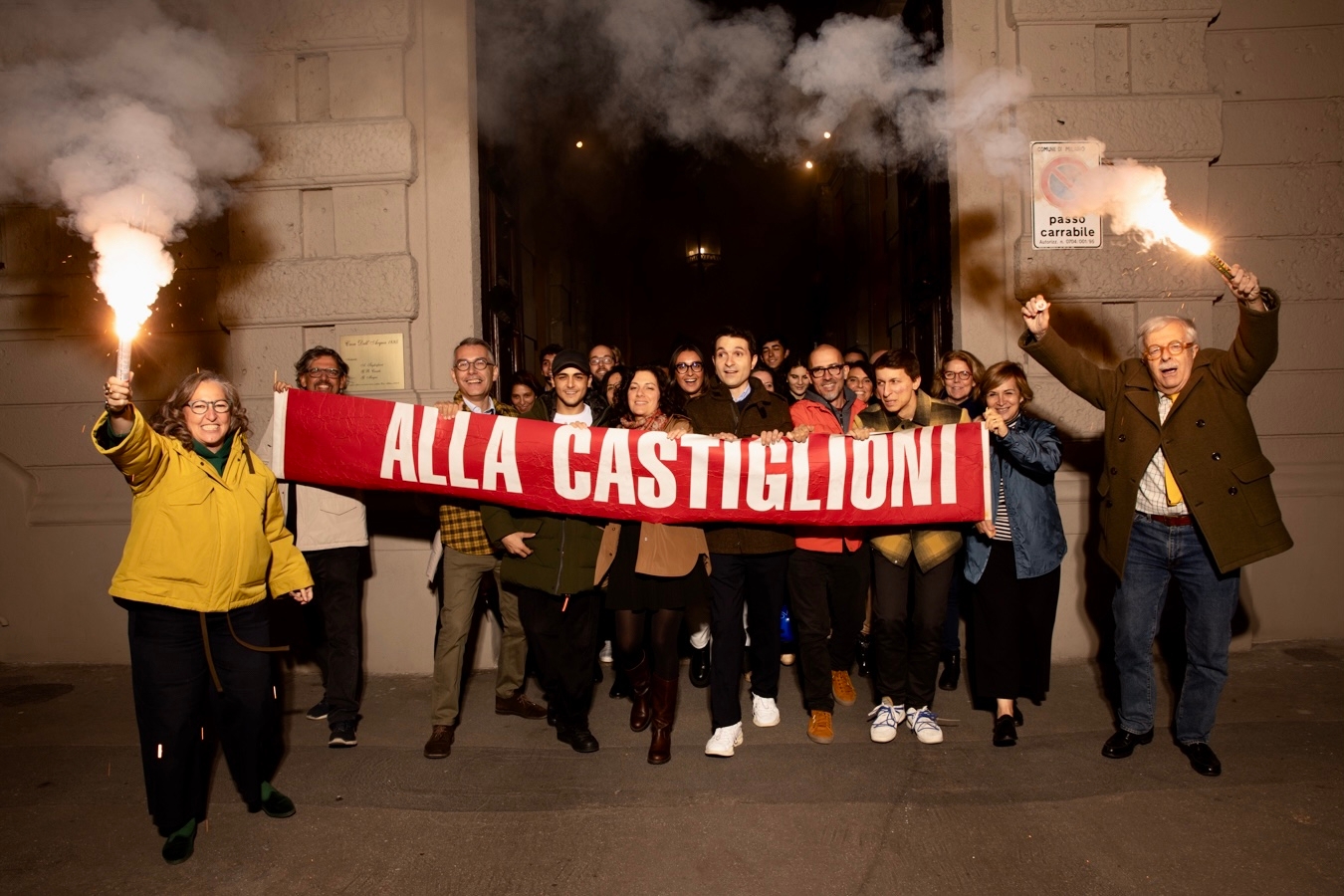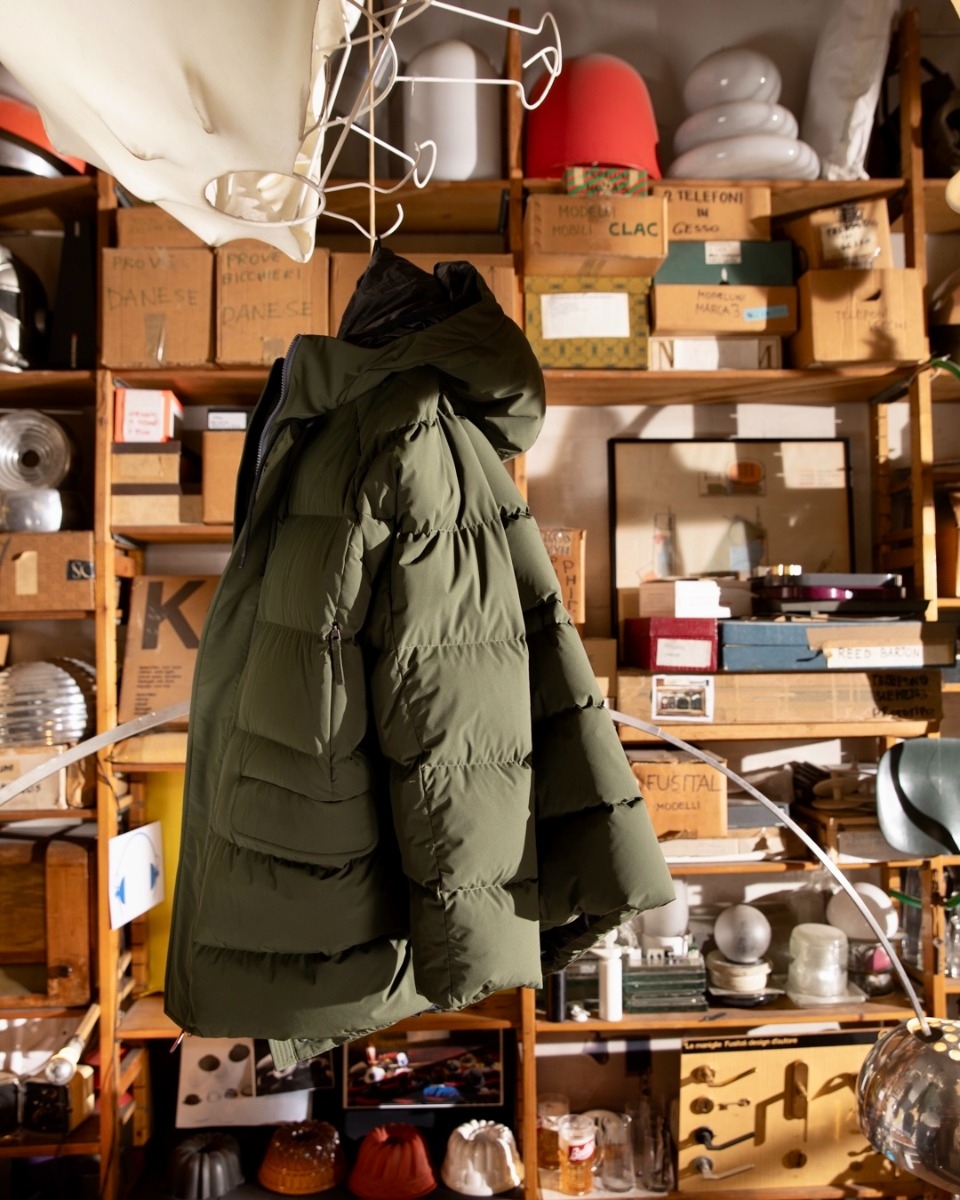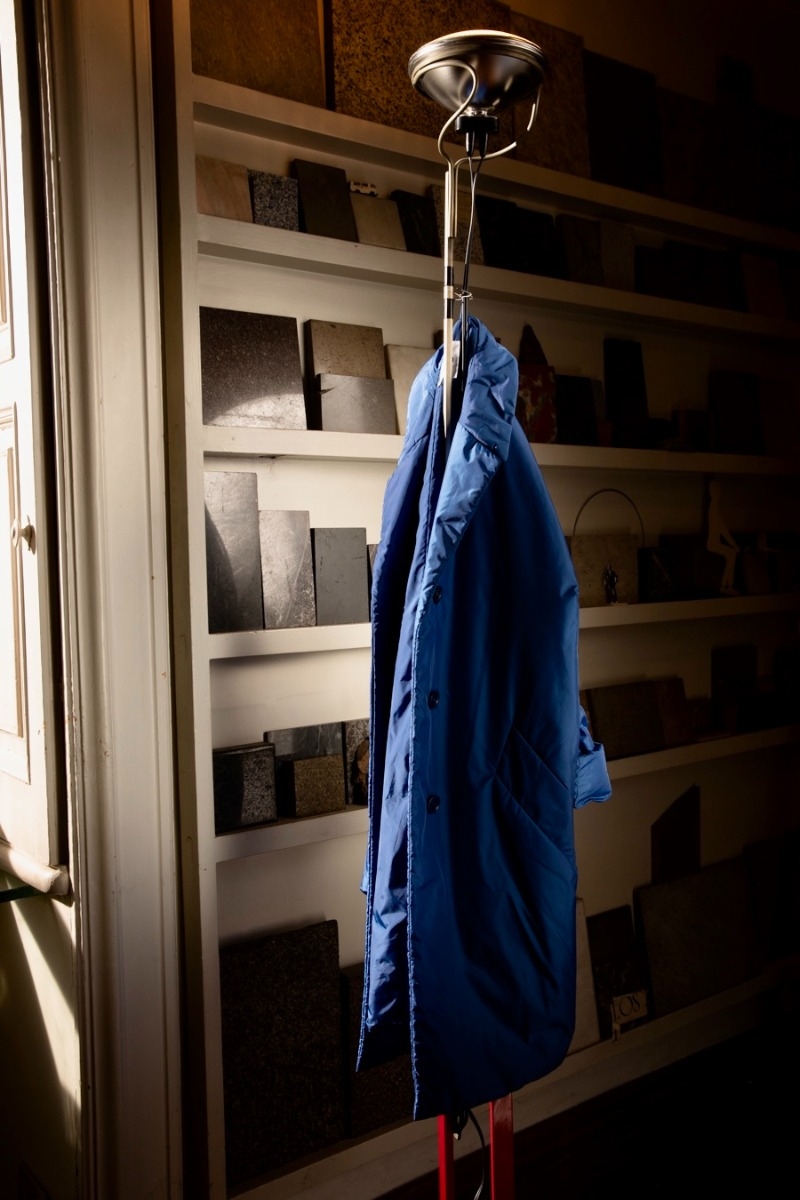Milan. Set between the busy Cadorna train sttation and the majestic Sforzesco Castle, the Achille Castiglioni Foundation lives in the very heart of Milan. A dynamic city that works, produces, thinks and creates. Imagine Milan of the Sixties - of the Milanese underground, the Duomo wrapped in fog, of Enzo Jannacci and of ‘cotoletta’, pronounced locally with an open 'e', and the Milanese escaping to Lake Como for weekends. The dull green Milan, shades of beige and saffron yellow. Milan of parks, of artists' houses, austere and European Milan, Milan with historic publishing houses and their intellectuals, of ssmall-scale industry of Italian design, experimenting with optimism and vision and large companies in the background, just before the darkest moment in its history. Cheerful Milan, a place to have fun. A Milan with grace, knowledge and intelligence. The Milan of ASPESI.

They were all heirs of Gio Ponti, the masters of twentieth century Italian design. Gio Ponti: rigor, ingenuity, industriousness applied to an idea. Gio Ponti with a dark blue shirt, an apron and tennis shoes. And if it is not an apron for architects and architects of the twentieth century, if it is not a suit or a uniform, it is a distinct and recognisable style with which to present yourself in your profession every day. It is a way, or rather the first way, the closest to the body, the first home of man and woman: your own style. This is Achille Castiglioni: shirt, v-neck, tie and cashmere, the four elements of his uniform. Which is completed with round glasses, worldly glasses, and the inevitable cigarette between the fingers.

Bruno Munari, a great friend of Achille Castiglioni, had a motto, inherited from an old Japanese aphorism: “Observe for a long time, understand deeply, do in a moment”. Probably Achille Castiglioni is the best interpreter of this integrated with a fourth fundamental principle - the completion of a good project: move. Push waste to the side, moving from one area to another, from one function to the next, from large to small and vice versa, and changing the point of view, are the operations that set the Castiglionesque creative process in motion. For ASPESI it is: observing behavior at work or in sport and transferring it to the city, transforming a ski jacket into a shirt. For Castiglioni, it is the super8 reels that become the winding base of a light bulb; the carpenter's pencil, inspiration for a cutlery handle; the sprung seat of a tractor turned into a stool. It is not a trivial translation of the world of the artistic ready-made to the industrial one: the game has a unique, precise and stringent rule, which is that of functionality. Nothing is ever just a provocation: the meaning is to observe solutions already used elsewhere and to put them unexpectedly but appropriately to work where it is needed.


It does not belong to the Roman goliardic culture, to the snobbish Venetian one, to the bellicose Tuscan one, to the emphatic Neapolitan one; the haughty and bourgeois Milanese sense of humour retains a non-fatalistic attitude, but is far from superiority. Allowing you to accept what happens with a wink. With the confidence that somehow we will get away with it. It is the humour of those who make do and do not allow themselves to be intimidated by gambling with destiny. It is the humour of knowing each other in passing. The humour of those who know each other and make fun of themselves. It is a precise, local, recognisable irony, which in fact holds the adjective - "very Milanese".

A well done project is a project that suggests that it has always been there. And a project that suggests that it has always been there, is a project that can stay there forever. Answering a question of function and not of fashion allows you to work on the path of a project designed to do its job at its best. Which means to work for what is needed, but also to work alongside other objects, to work to not be used, to be possessed, to function for the people who have been there and to come, to resemble the archetype of oneself as much as possible. For ASPESI, as for Achille Castiglioni, this means thinking about projects deeply within one's time to respond with what is available to create what will soon be available, but at the same time being unbound by the time within fashions, seasons, passages of taste and style. It is no coincidence that the catalogue of the Castiglioni home projects is one of the longest-running in the history of Italian design. And that ASPESI builds a wardrobe made to last over time - garments with function, designed to be transversal, interchangeable, maleable. ASPESI transcends fashion, lives separate from trends, does not create clothes to impose them on the wearer, there is no expressive obligation, the collections are a wardrobe that becomes personal through the choice dictated by one's own culture.

The word "industry" in our contemporary lexicon has slowly taken on an opposite and alternative meaning to that of "craftsmanship", as if the latter had the characteristics of authenticity guaranteed by the handmade, while industrialism flattened the creative work for an outcome that is cold and mechanical. In reality, those who know and appreciate craftsmanship recognise and appreciate it all the more, the closer they get to the precision and speed of the industrial one. And the actors of Italian industrial design such as Achille Castiglioni have shown us that with machines, it is possible to make a commitment to the idea. Indeed that industry itself can be the possibility from which an idea is born. In this sense: ‘industry’ is synonymous with industriousness.

